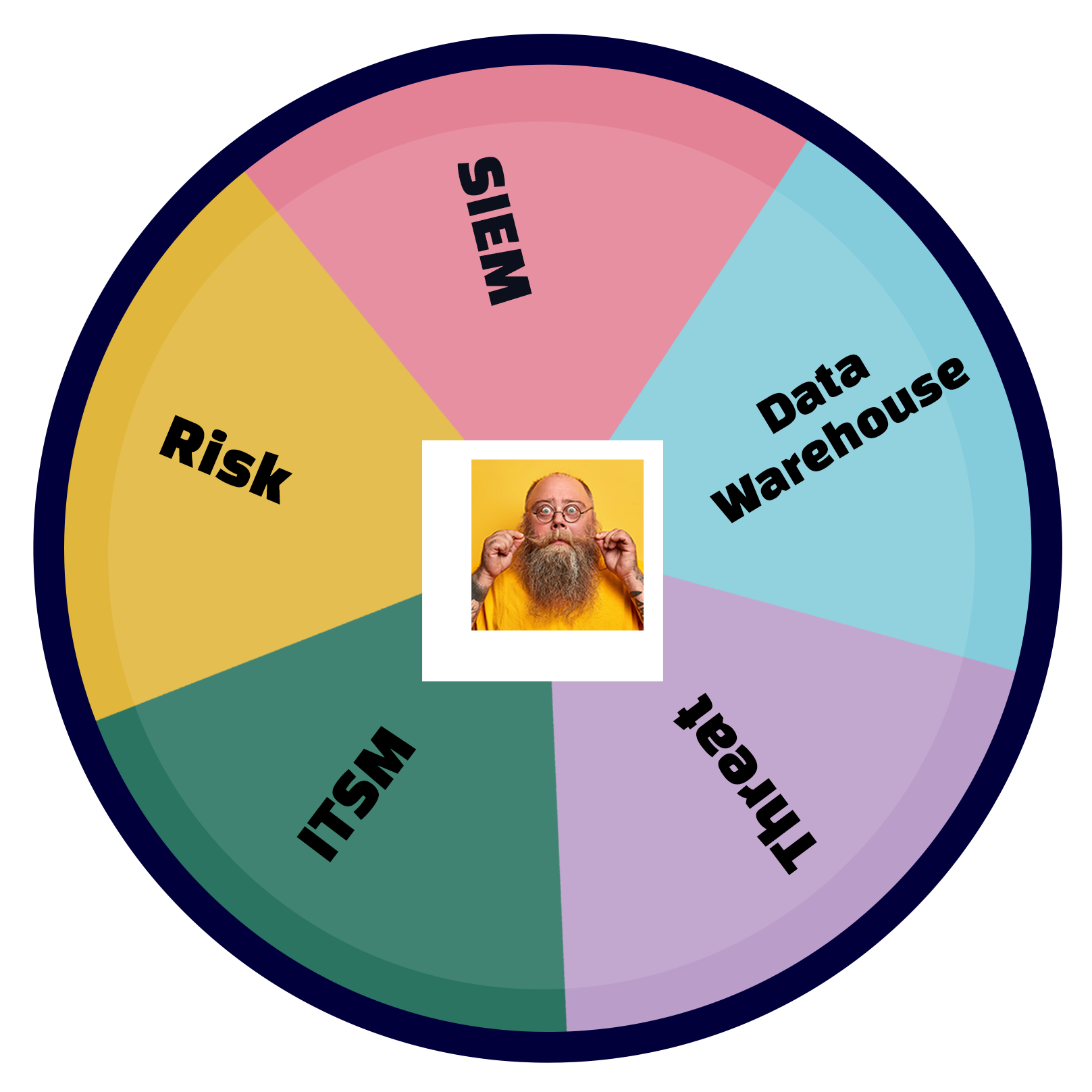As cyber threats become increasingly sophisticated, traditional security measures no longer protect organizations from all potential breaches. This is where artificial intelligence (AI) fills the gap in cybersecurity operations. AI can revolutionize the way we protect ourselves against cyber attacks by automating security processes and improving threat detection capabilities. In this blog post, we explore the role of AI in cybersecurity operations and its benefits, as well as its limitations and potential risks.
The Role of Artificial Intelligence in Cybersecurity Operations
AI can be used in various cybersecurity applications, such as threat detection, incident response, and vulnerability assessment. With the use of machine learning algorithms, AI identifies patterns in large volumes of data that would be difficult or impossible for a human to detect. This ability enables AI to quickly identify potential security threats. AI can also automate security processes.
Benefits of AI in Cybersecurity Operations
One of the benefits of AI in cybersecurity operations is its ability to detect threats quickly and accurately. By analyzing vast amounts of data in real-time, AI identifies suspicious activities and potential threats before they cause any damage. This early detection helps organizations quickly respond to security incidents and reduce the impact of cyber attacks.
Another benefit of AI in cybersecurity operations is its ability to automate security processes, such as patch management, security configuration management, and network monitoring. These automations allow security teams to focus on more complex tasks, such as threat analysis and incident response. Automating routine tasks also reduces the risk of human error and improves overall efficiency.
Limitations and Risks of AI in Cybersecurity Operations
While AI has many benefits in cybersecurity operations, it also has limitations and potential risks. One of the main limitations of AI is that AI is only as good as the data it is trained on. If the data is biased or incomplete, the AI system might not accurately detect security threats. Additionally, AI systems can be vulnerable to adversarial attacks, where attackers manipulate the data to fool the AI system into making incorrect decisions.
Another potential risk of AI in cybersecurity operations is the potential for false positives or false negatives. False positives occur when the AI system identifies a threat that is not actually a threat. False negatives occur when the AI system fails to identify a genuine threat. Both scenarios can have serious consequences, as false positives can lead to unnecessary security alerts, and false negatives can result in security breaches.
Conclusion
AI has the potential to transform the way we approach cybersecurity operations, but it is not a silver bullet. Organizations must carefully consider the benefits and risks of AI in their security strategy and ensure that the technology is implemented in a way that maximizes its potential and minimizes the risks. With the right approach, AI can help organizations stay ahead of the constantly evolving threat landscape and improve their overall security posture.









